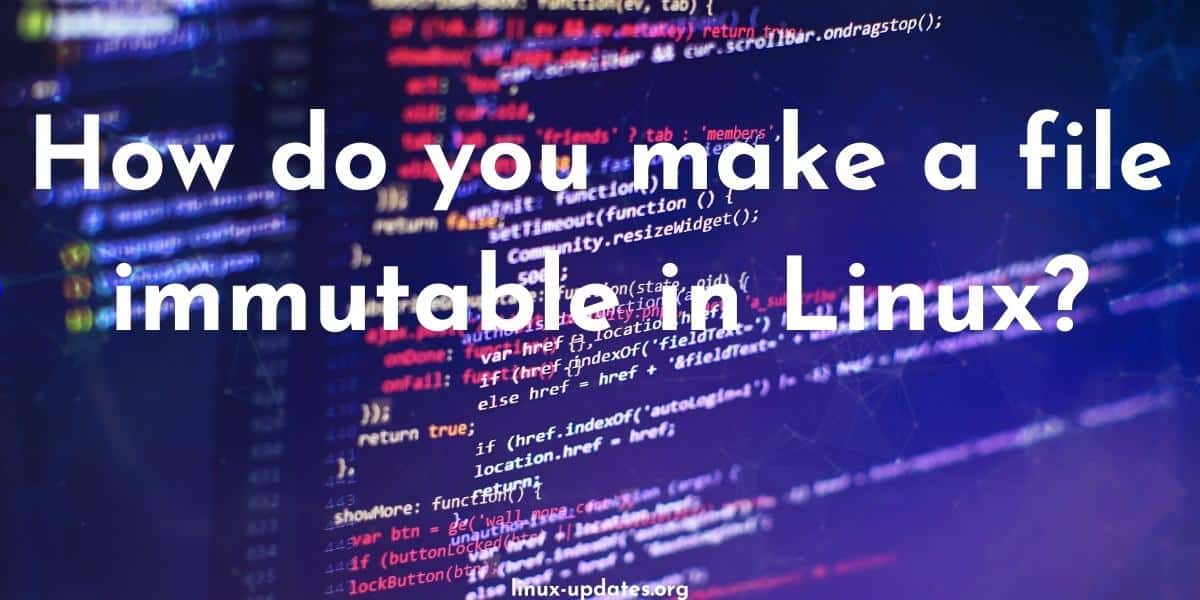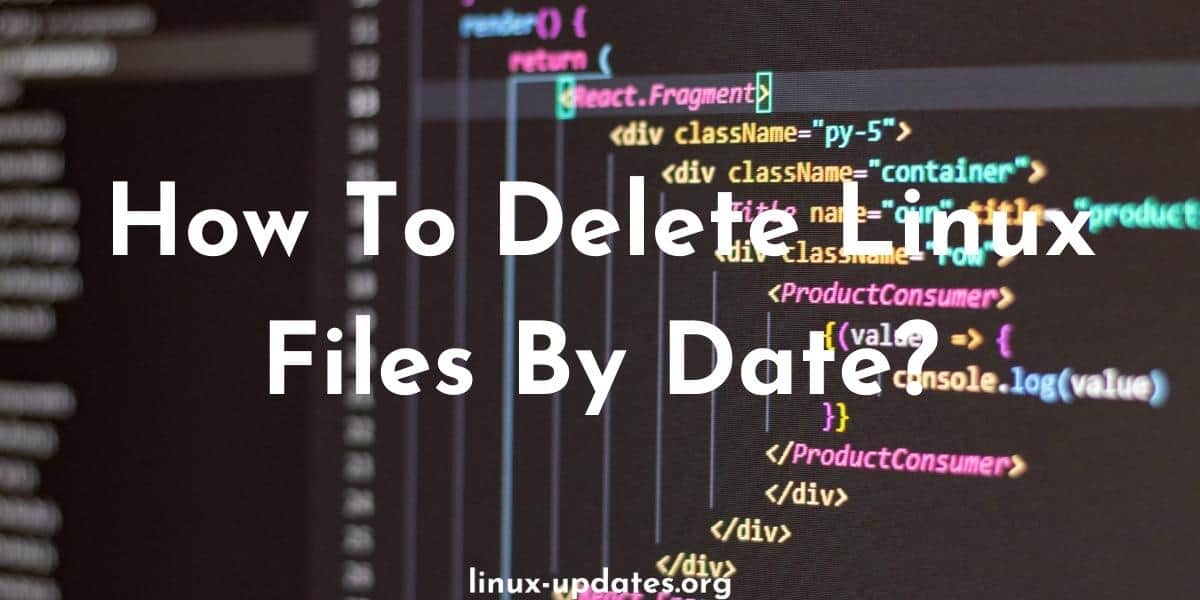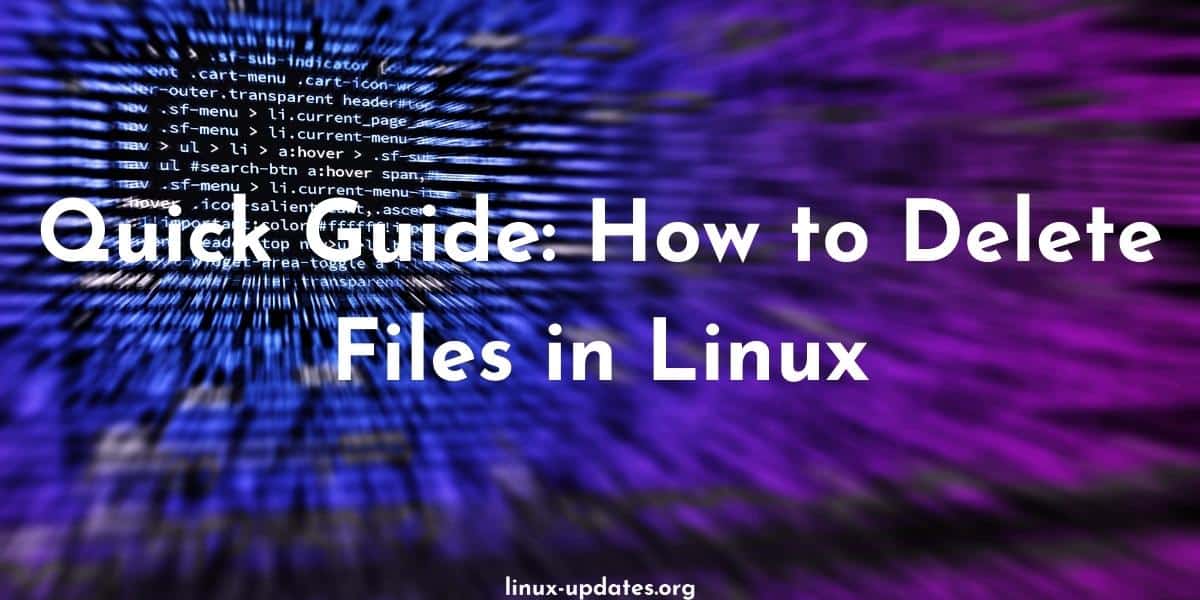
How to create a swap file in Linux?
Is your Linux server or system running very slow and frequently running out of physical
Linux is a free and open-source operating system that powers millions of devices around the world. Unlike proprietary operating systems like Windows and macOS, Linux is developed and maintained by a global community of volunteers who contribute their time and expertise to improve the platform.

Is your Linux server or system running very slow and frequently running out of physical

Debian and Ubuntu are two of the most popular Linux distributions on the market. Both

Making a file immutable or not deletable is pretty easy in Linux. It can be

Are you sick of duplicate files taking all your disk space and cluttering up your

To delete files in Linux based on their date, you can use the find command

To delete a file in Linux, you can use the rm command. This command allows

Looking for easy commands to remove directory in Linux? Well don’t worry we have got

Renaming a file in Linux is a common task that can be easily accomplished using

Renaming a directory in Linux can be easily done from the command line using the

If you’re a Linux or Mac or Windows user, you may have encountered the error